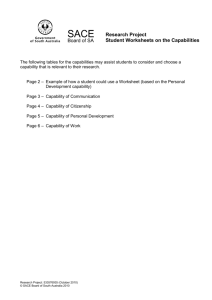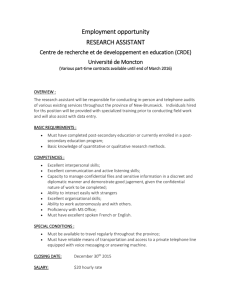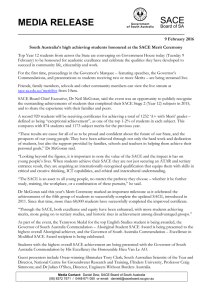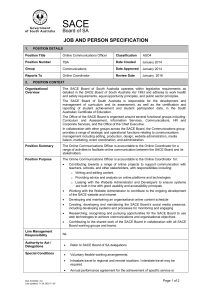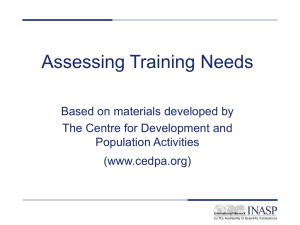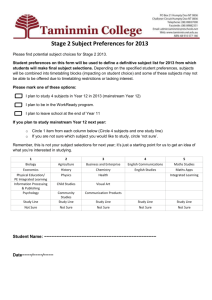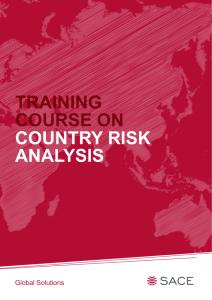How to conduct a case study
advertisement
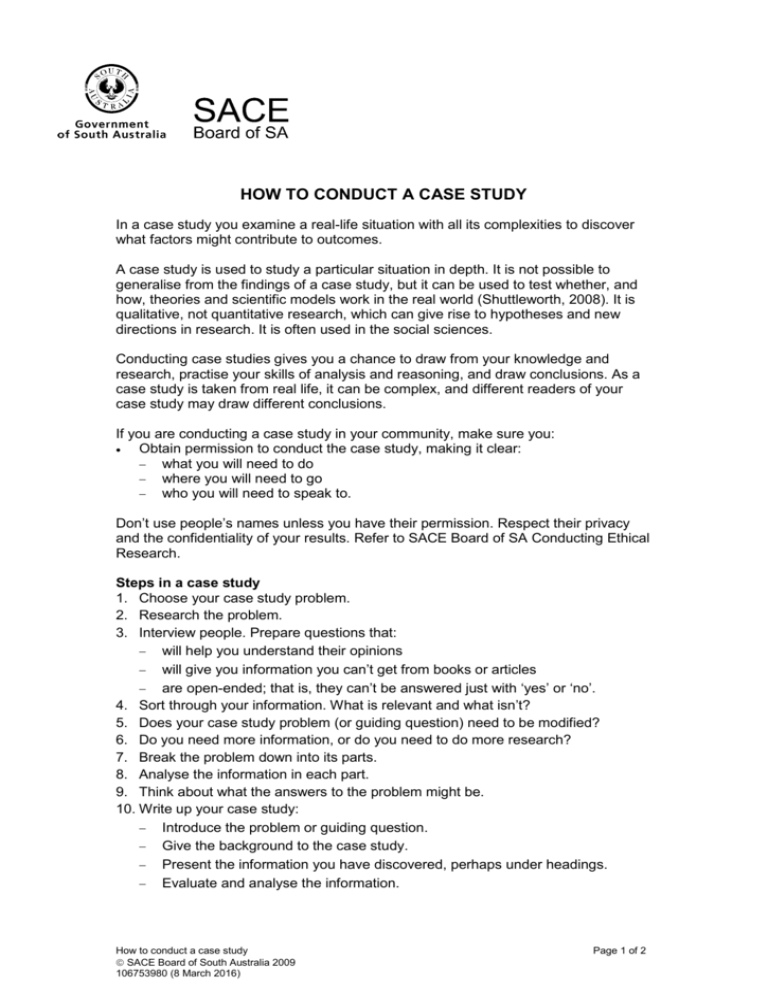
HOW TO CONDUCT A CASE STUDY In a case study you examine a real-life situation with all its complexities to discover what factors might contribute to outcomes. A case study is used to study a particular situation in depth. It is not possible to generalise from the findings of a case study, but it can be used to test whether, and how, theories and scientific models work in the real world (Shuttleworth, 2008). It is qualitative, not quantitative research, which can give rise to hypotheses and new directions in research. It is often used in the social sciences. Conducting case studies gives you a chance to draw from your knowledge and research, practise your skills of analysis and reasoning, and draw conclusions. As a case study is taken from real life, it can be complex, and different readers of your case study may draw different conclusions. If you are conducting a case study in your community, make sure you: Obtain permission to conduct the case study, making it clear: what you will need to do where you will need to go who you will need to speak to. Don’t use people’s names unless you have their permission. Respect their privacy and the confidentiality of your results. Refer to SACE Board of SA Conducting Ethical Research. Steps in a case study 1. Choose your case study problem. 2. Research the problem. 3. Interview people. Prepare questions that: will help you understand their opinions will give you information you can’t get from books or articles are open-ended; that is, they can’t be answered just with ‘yes’ or ‘no’. 4. Sort through your information. What is relevant and what isn’t? 5. Does your case study problem (or guiding question) need to be modified? 6. Do you need more information, or do you need to do more research? 7. Break the problem down into its parts. 8. Analyse the information in each part. 9. Think about what the answers to the problem might be. 10. Write up your case study: Introduce the problem or guiding question. Give the background to the case study. Present the information you have discovered, perhaps under headings. Evaluate and analyse the information. How to conduct a case study SACE Board of South Australia 2009 106753980 (8 March 2016) Page 1 of 2 Summarise your findings in a conclusion, but remember that a case study may not always produce a neat conclusion. 11. Check that your points flow logically and that you have restricted your writing to the case study problem. This style of case study does not apply to all subjects. Your teacher will discuss appropriate case study methods with you. Further reading Shuttleworth, M., 2008, Case study research design, http://www.experimentresources.com/case-study-research-design.html, accessed 14 January 2010. How to conduct a case study SACE Board of South Australia 2009 106753980 (8 March 2016) Page 2 of 2

